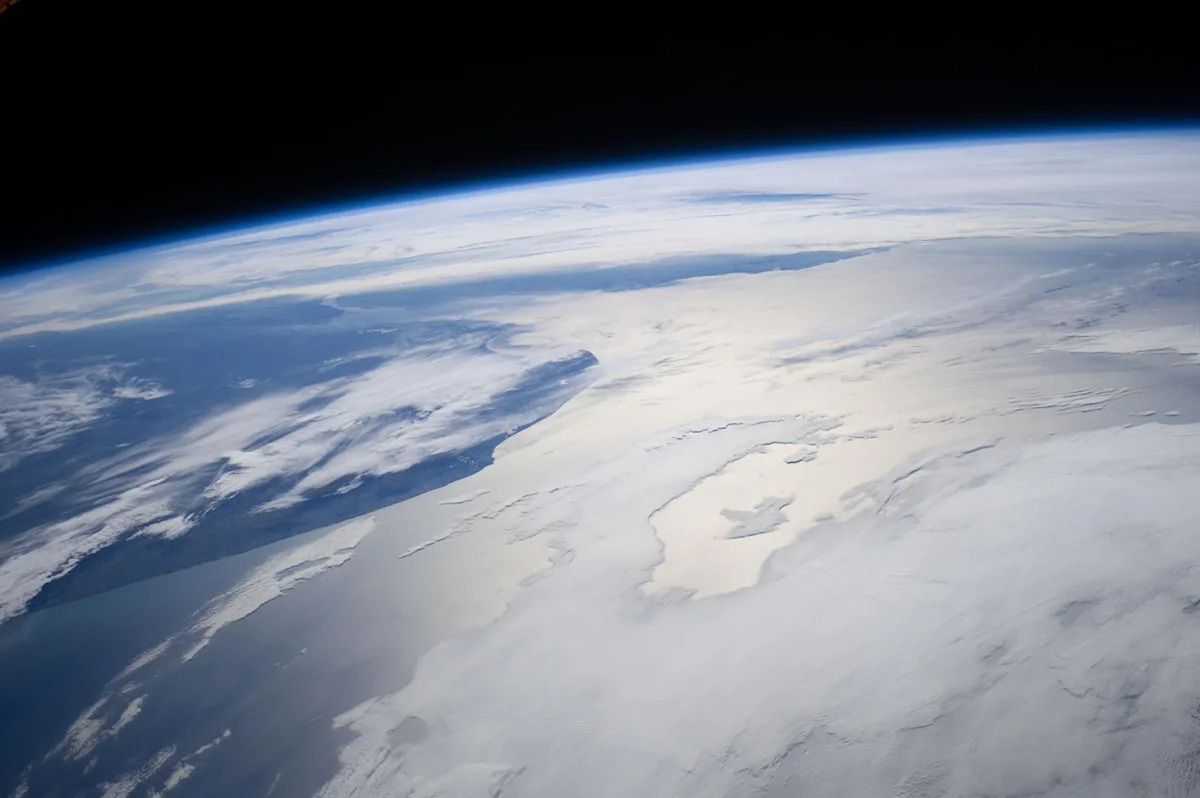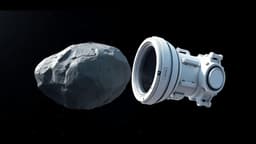Home / Environment / Antarctic Ozone Hole Shrinks Dramatically in 2025
Antarctic Ozone Hole Shrinks Dramatically in 2025
25 Nov
Summary
- Antarctic ozone hole in 2025 is fifth-smallest since 1992.
- Ozone hole's largest extent in 2025 was 30% smaller than 2006.
- Montreal Protocol efforts significantly reduced ozone-depleting chemicals.

The ozone hole above Antarctica has shown a remarkable decrease in size for 2025, becoming the fifth-smallest recorded since 1992. Scientists from NOAA and NASA reported that the hole's peak extent in early September measured 8.83 million square miles, a significant reduction compared to historical records.
These findings highlight the success of international agreements, particularly the Montreal Protocol initiated in 1992, in curbing the use of ozone-depleting chemicals like chlorofluorocarbons. These regulations have been instrumental in the ongoing recovery of the ozone layer, which is projected to fully heal by the end of the century.
While natural atmospheric factors also play a role, the substantial reduction in chlorine levels due to global compliance with the protocol is a primary driver. The ozone layer's protection of Earth from harmful UV radiation is crucial for all life, and its recovery is vital for preventing increased risks of skin cancer and environmental damage.

